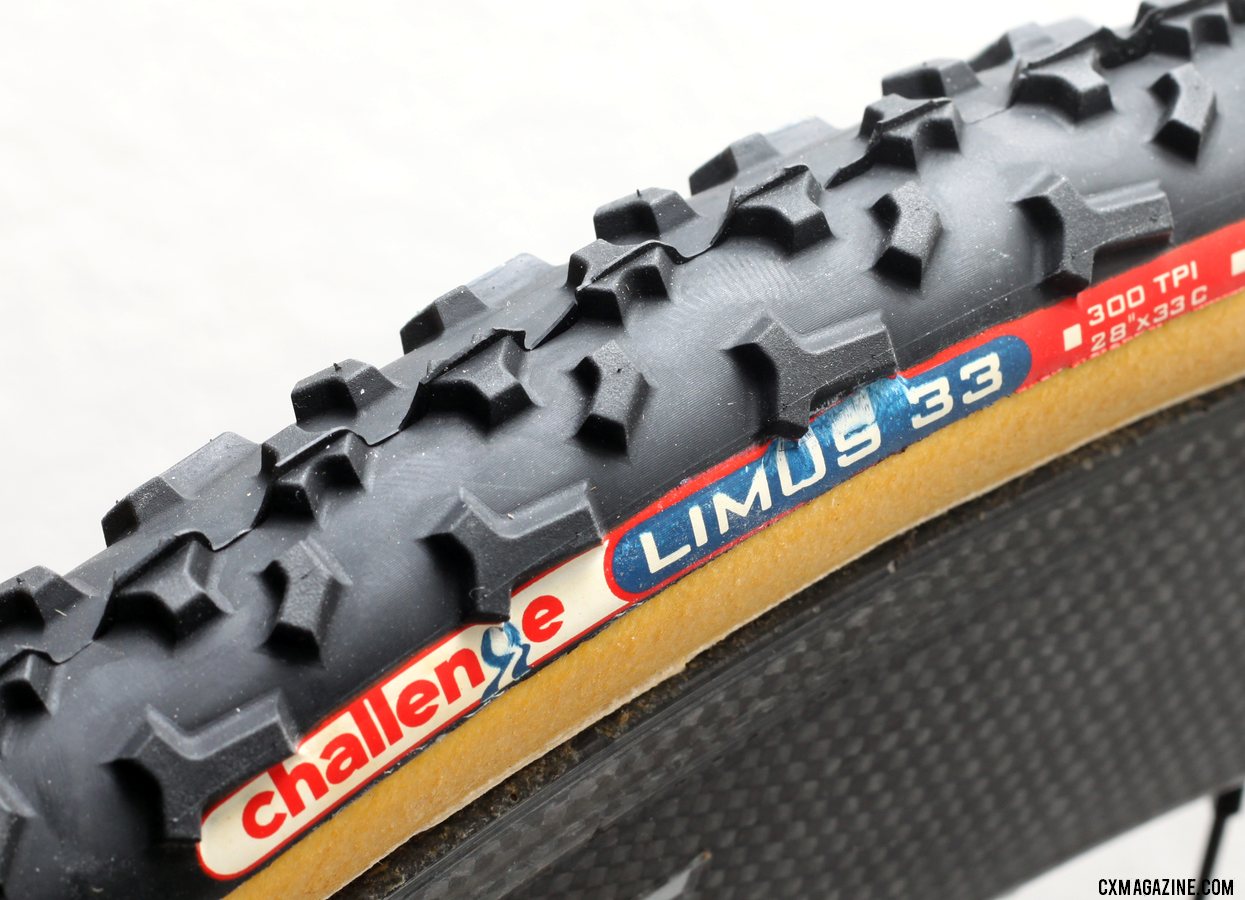- Joined
- May 17, 2017
- Posts
- 1,314
I was riding the lift and skiing with an older fellow, from Norway, has lived here since 1960. He is 86 and is one of the finest skiers I have ever met. His skills are amazing. Still racing Masters at the very highest level. He was friends with Stein E. Said Stein carved turns before it was invented. Taught him!
Anyway, he was skiing on a pair of Head gs skis and he mentioned that he was in that sweet spot of seasoning having owned them for three years. It's like a break-in period.
We talked about my skis, the i TITAN and he asked if I had experienced this seasoning with them. I have in fact found that hard and stiff skis do break-in. My ski is often recommended to intermediate to expert skiers. I have always felt that the ski is too much for many (maybe even me). This ski rips but I am always on it, or so it seems.
Does anyone buy into the idea that some skis get beter with time?
Anyway, he was skiing on a pair of Head gs skis and he mentioned that he was in that sweet spot of seasoning having owned them for three years. It's like a break-in period.
We talked about my skis, the i TITAN and he asked if I had experienced this seasoning with them. I have in fact found that hard and stiff skis do break-in. My ski is often recommended to intermediate to expert skiers. I have always felt that the ski is too much for many (maybe even me). This ski rips but I am always on it, or so it seems.
Does anyone buy into the idea that some skis get beter with time?





